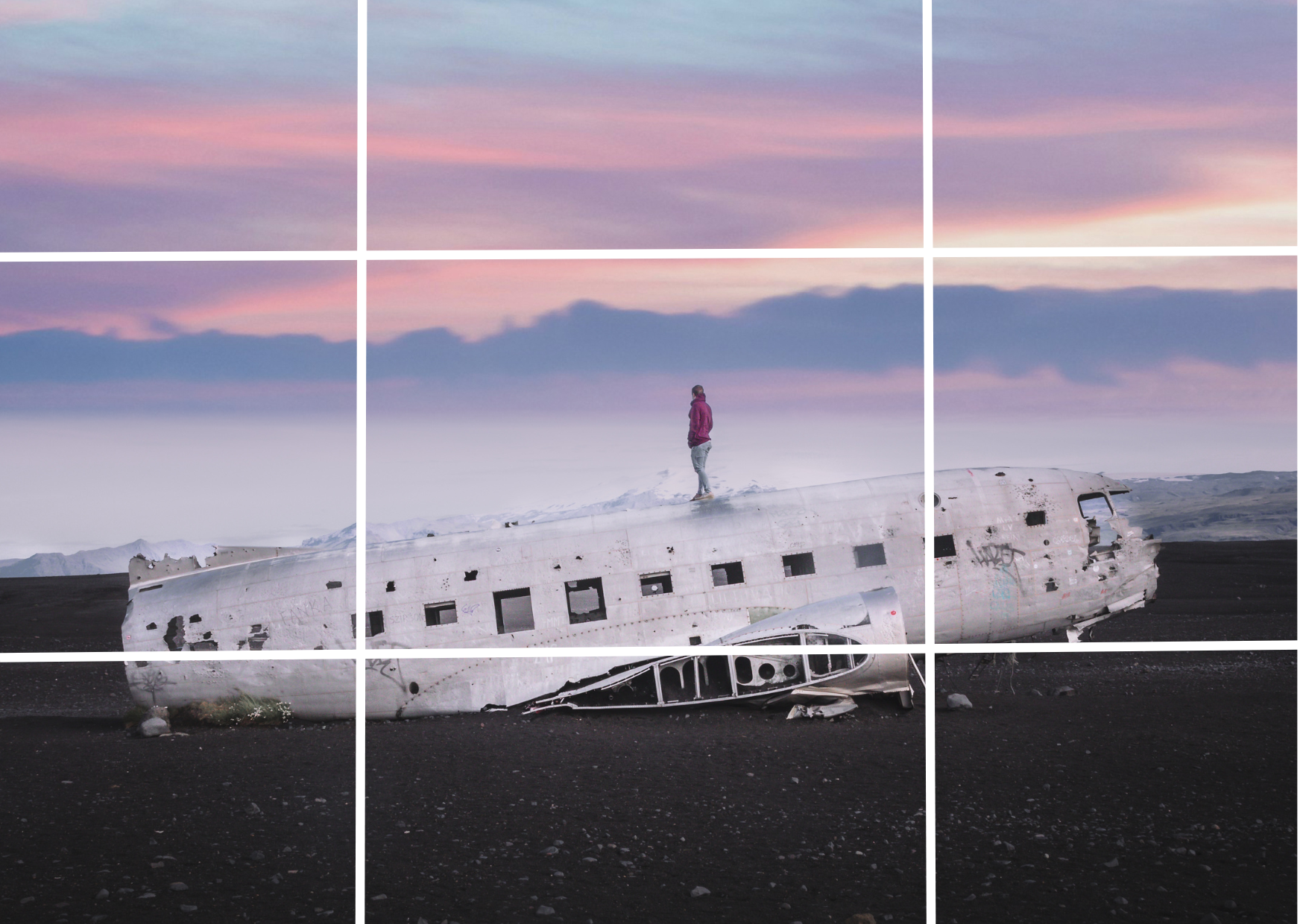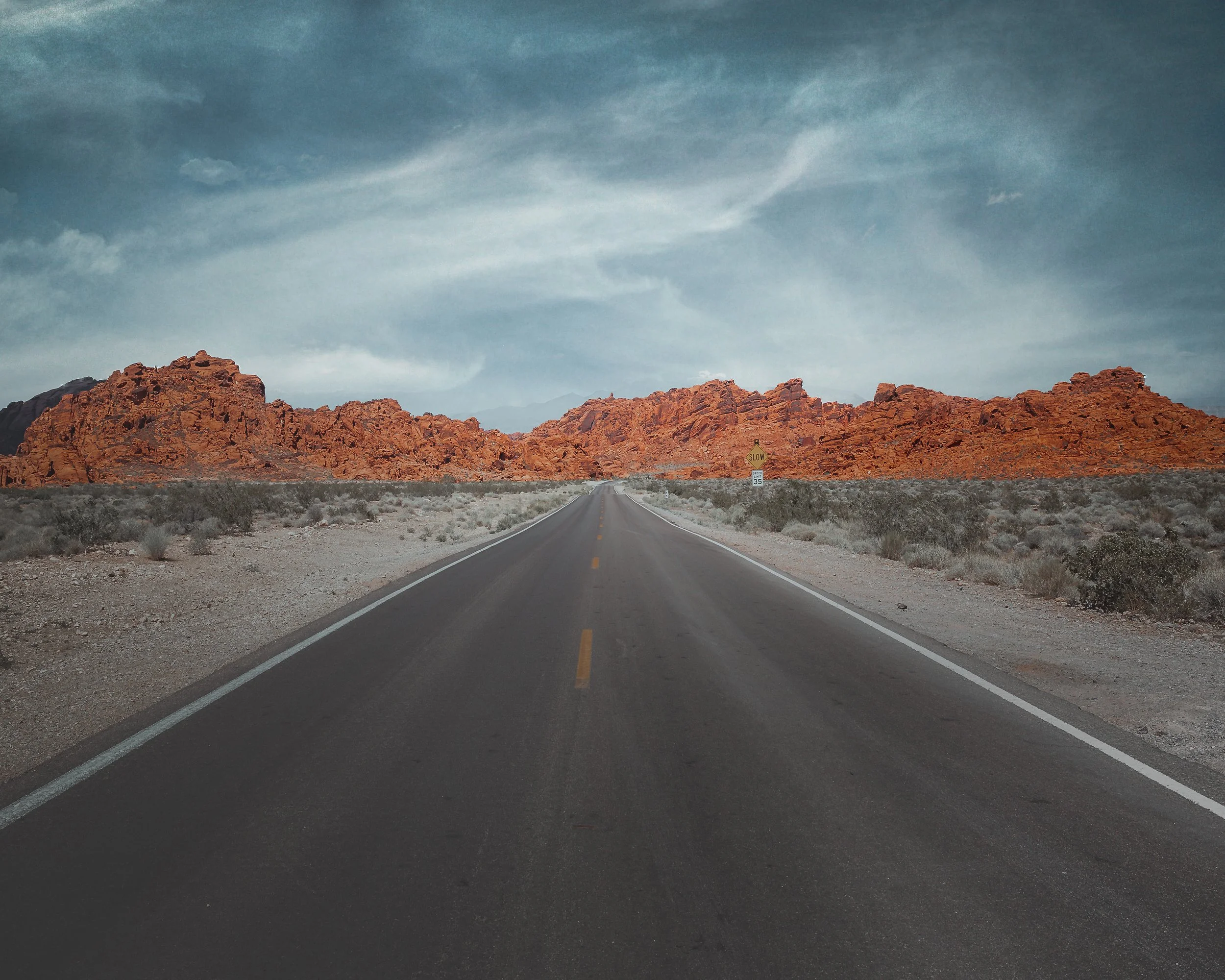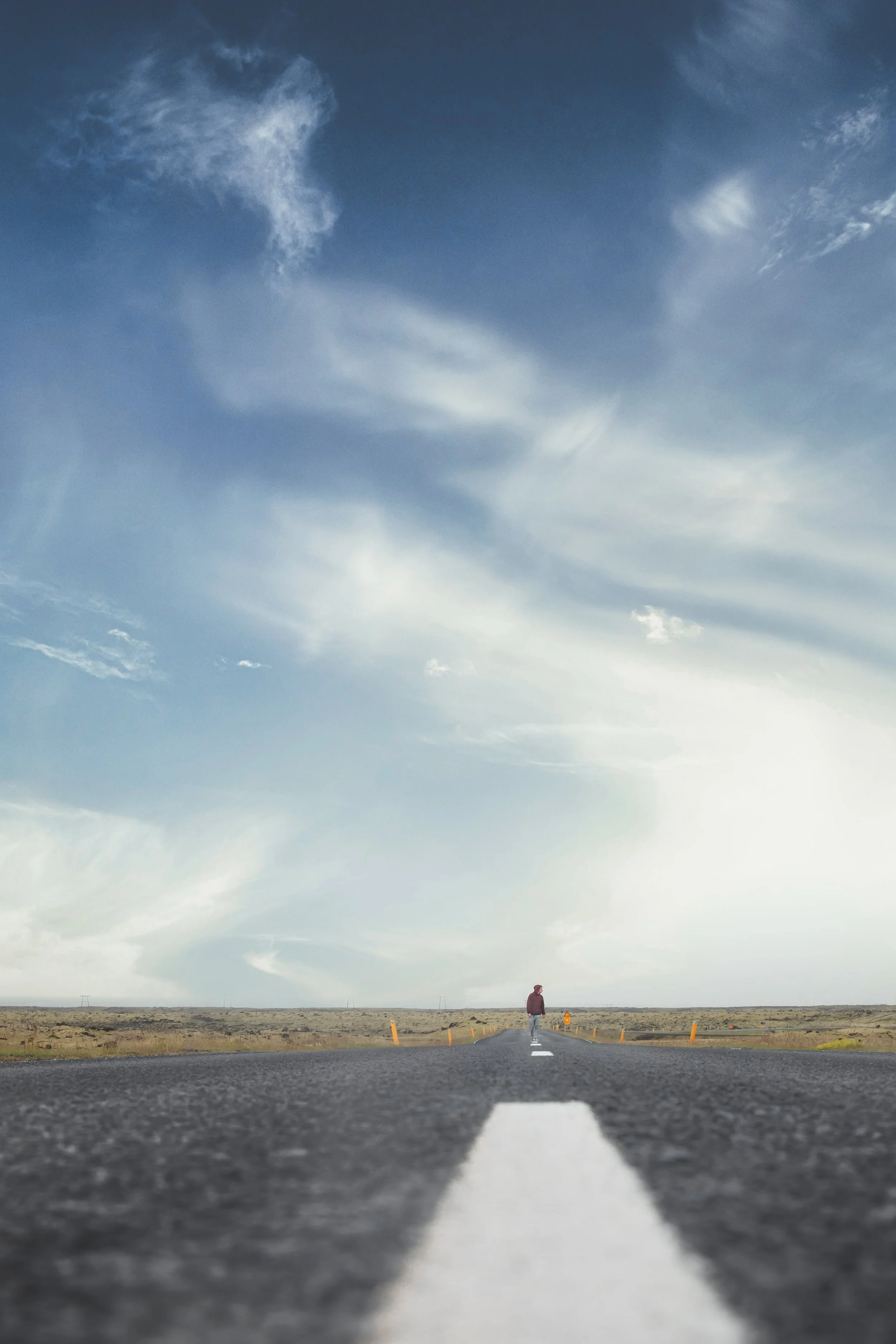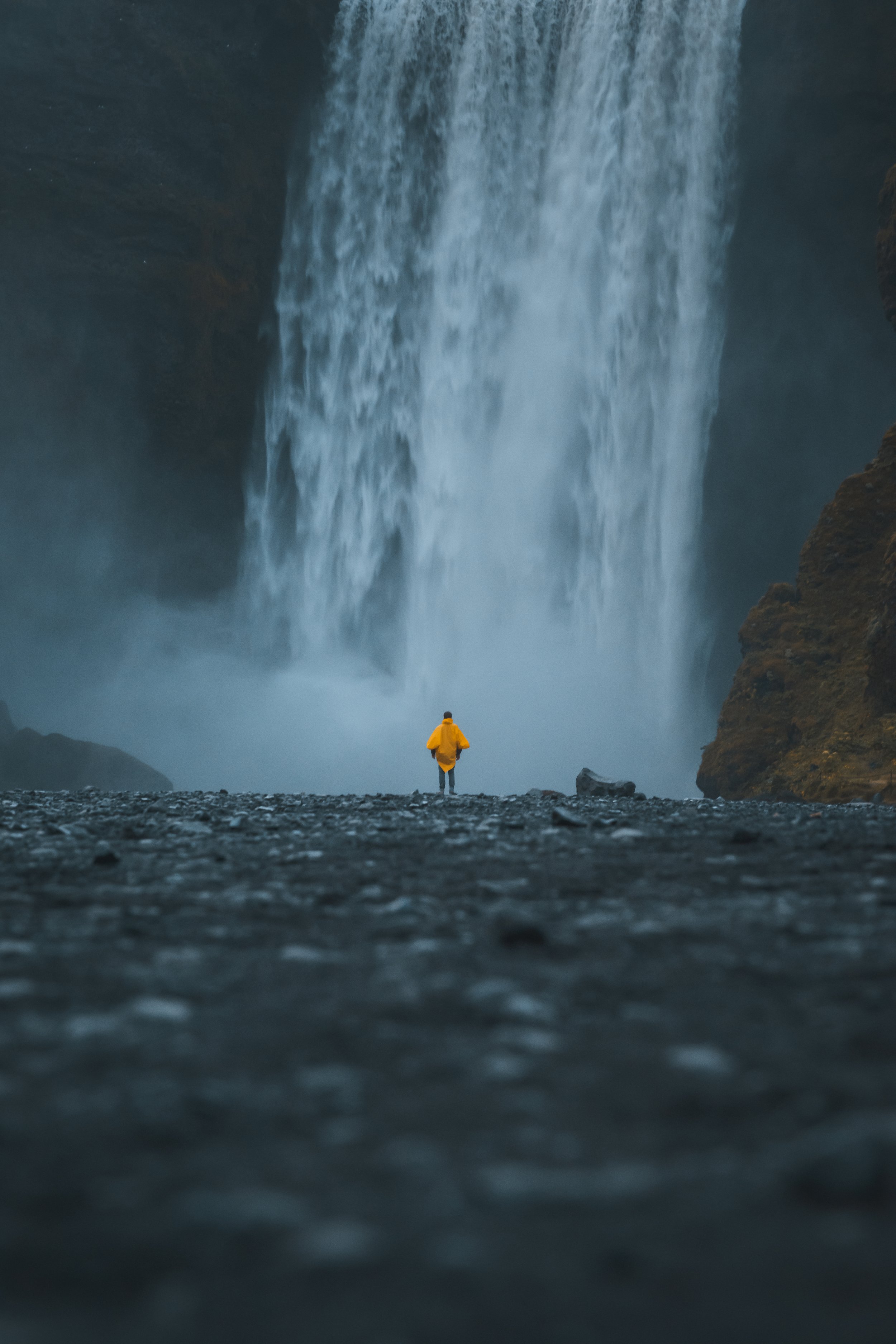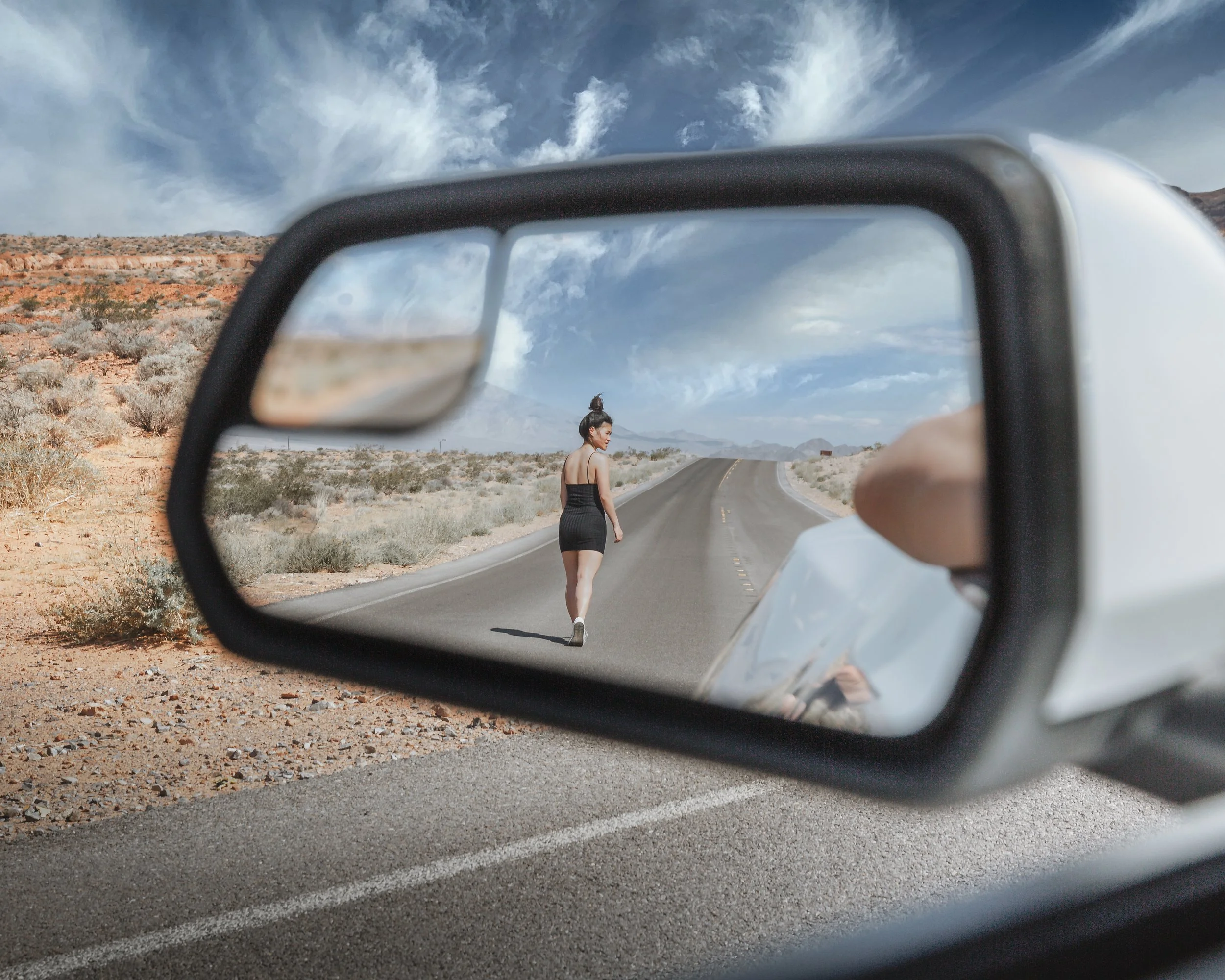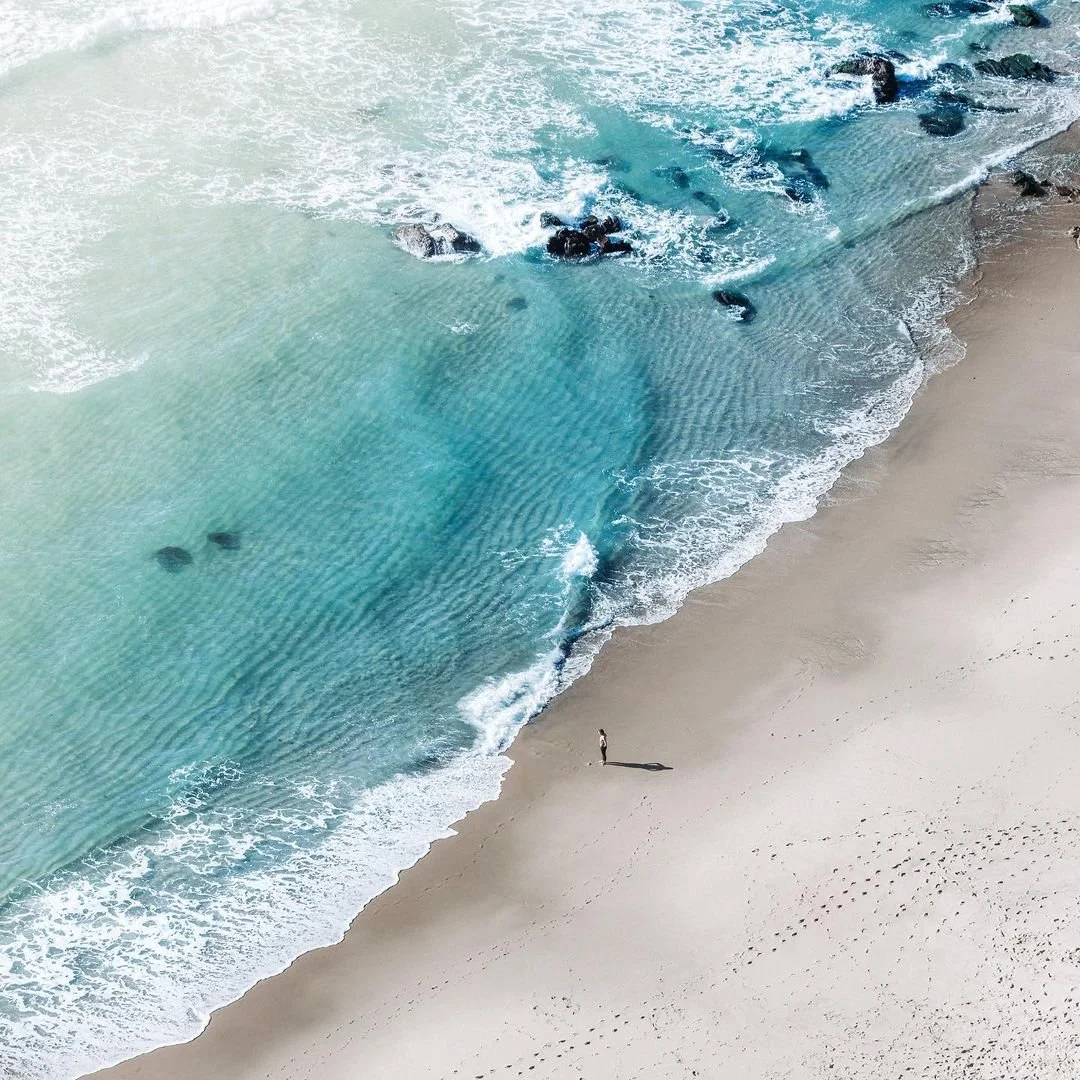Mastering Composition in Landscape Photography
Picture this - you're standing on a hillside, the sun just beginning to spread its golden rays across the expanse of a tranquil valley. In your hands is your trusty camera, ready to capture the breathtaking vista. Yet, when you click the shutter, the resulting image doesn’t quite capture the awe and wonder you experienced. It might make you wonder, where is the disconnect? That's where the art of composition in landscape photography comes into play.
Understanding Composition in Landscape Photography
So, let's ask the question - what is composition in landscape photography? Simply put, composition refers to how you arrange the various elements within your frame to create an aesthetically pleasing photograph. The goal is to guide your viewer's eyes through the scene, narrating an engaging visual story that evokes emotion and resonates with your audience.
Key Techniques for Mastering Composition
The Rule of Thirds
Our first stop in our in-depth exploration of composition is the venerable Rule of Thirds. Imagine drawing a grid over your frame, creating nine equal rectangles. The basic idea is to position your primary subjects along these lines or where they intersect. This principle can give your photo balance and enable your viewer's eyes to move naturally through the image. In landscape photography, you often place the horizon line along one of the horizontal thirds, balancing the elements of sky and land or water.
Framing a shot using the rule of thirds during my trip to Iceland
Leading Lines: The Eye’s Pathway
Lines are the unsung heroes of composition. They function as pathways, guiding the viewer's eye deeper into your photograph or towards a focal point. You can find leading lines in the curves of roads, the directionality of fences, the flow of rivers, or the natural alignment of a mountain range. Use them wisely to lead your viewer's eye to your main subject, create depth, and make your landscape photos more immersive.
A example of how the empty road leads your eyes to the rock of the valley.
Shooting low to the ground the lines from the road guide your eye towards the subject
Balance and Symmetry: Creating Harmony
In the vast scenes of landscape photography, balance can infuse your images with a sense of tranquility. Balance doesn't always mean perfect symmetry, although mirror-like reflections in a still lake can create strikingly symmetrical compositions. Rather, balance often means offsetting a large element with a smaller, but more detailed one, to create visual equilibrium. For instance, a lone tree against a massive mountain range can strike a pleasing balance.
Creating a sense of scale to show the impact of the waterfall aswell as shooting lower to the ground to lead the eye towards the subject.
Framing: Focusing Attention
Framing is another compositional technique that uses elements within your scene to 'frame' your main subject. It could be natural frames like overhanging tree branches, archways of rocks, or window-like spaces between two mountains. By employing framing, you can draw attention to your subject, add depth, and increase the overall appeal of your landscape photography.
This is where you can get really creative. This was essentially shot backwards using the cars rear mirrors.
Experiment with Perspective: Altering Perception
Do you often shoot from eye-level? Time to shake things up! Change your perspective by getting low for a ground-level view or finding a high vantage point for a sweeping overview. These shifts can dramatically alter your landscape photos, adding intrigue and freshness to your composition.
Utilising Drones are a really great way to freshen up perspectives and get otherwise impossible angles.
Think this is a drone shot ? I’m actually perched up on a very high cliff overlooking the beach. Sometimes if you do not have the right gear you need to think of different ways you can get the shot.
In-Depth Answer to some most asked questions
How do you achieve better composition when shooting a landscape photo? It's about applying compositional principles like the rule of thirds, using leading lines, creating balance, using natural frames for emphasis, and varying your perspective. Mastering photo composition involves understanding these principles and consciously manipulating them to arrange the visual elements in your scene in a way that tells a compelling story.
The rule of thirds in landscape photography implies breaking your image into three parts, both horizontally and vertically, and placing your main subject at one of the intersecting points. This rule helps create a balanced and engaging composition, increasing the visual interest of your landscape shots.
Conclusion
Mastering composition in landscape photography isn't about following the rules to the letter. It's about understanding these principles and then flexing your creative muscles to break them in imaginative ways. So, grab your camera and venture out into the great outdoors! Experiment with these techniques and enjoy the process of creating.
Remember, the beauty of photography is not merely capturing what a place looks like but capturing its essence, its spirit, its soul. That’s where the magic lies, and composition is your wizard's wand. With these detailed tips and techniques in your arsenal, you'll be crafting enchanting compositions that truly reflect the majestic beauty of landscapes. So, let your journey into the heart of landscape photography begin!

